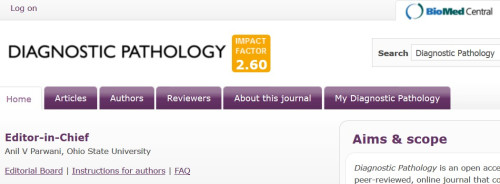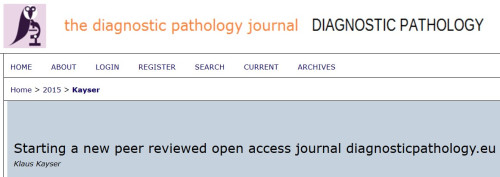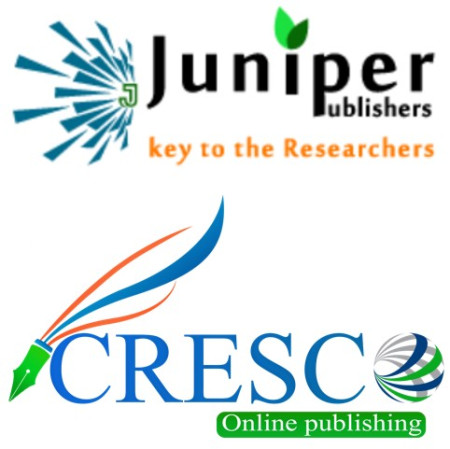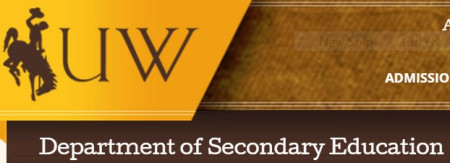Publisher Acts Suspiciously Like OMICS Group
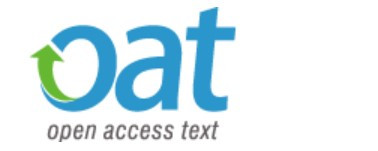
The publisher Open Access Text (OAT) follows several of the same, questionable business practices as Hyderabad, India-based OMICS Group, leading me to suspect that it may have been acquired by OMICS. Currently in the middle of a massive spamming campaign, OAT uses the “my previous email” ploy, using emails to bait researchers with the promise of a fast peer review process.
Open Access Text claims it is headquartered in London — specifically at 36-40 Copperfield Road — but examining that address on Google Maps, one merely sees a block of apartments, an unlikely location for a real medical publisher.

By my count, OAT publishes 24 broad-scoped journals in the bio-medical sciences (list below). Here’s a transcript of a recent spam from OAT:
From: Global Surgery
Reply-To: “robert@surgeryopen.com”
Date: Monday, September 28, 2015 at 11:17 AM
To: Norman Sleep
Subject: Global Surgery
Dear Colleague,
Hoping that you might be busy and could not reply to my previous e-mail, I hereby make a follow-up. We would like to invite an article for the publication in Global Surgery (GOS-(ISSN: 2396-7307). Prof. J. Michael Millis is the Founding Editor for this journal and we have started this journal with help of eminent scientists from all over the world.
All submitted articles will be reviewed by Founding Editor-in-Chief, and we have a Rapid Review Process and Publication Facility which allows submission to be published in just over 7-10 days. Based on your recent contributions, it is a great pleasure for me to invite you to contribute an article to GOS.
I welcome you to submit the articles to robert@surgeryopen.com
Thank you for your time and consideration.
Regards
Amanda Venis
Managing Editor
supporting
Dr. J. Michael Millis
Editor in Chief
The journal’s editor-in-chief, Dr. Millis, holds impressive appointments. His email signature lists them as:
Michael Millis, M.D.
Professor of Surgery
Vice Chair for Global Surgery
Director, University of Chicago Transplant Center Chief, Section of Transplantation Liver Transplantation and Hepatobiliary Surgery
University of Chicago
Why is someone with such impressive credentials the editor-in-chief of a journal that advertises “a Rapid Review Process and Publication Facility which allows submission [sic] to be published in just over 7-10 days”?
The spam email, which solicits manuscripts for a surgery journal, was emailed to a professor of geophysics, a seismologist.
Dr. Millis’ amanuensis is Amanda Venis. I searched this name in Google and found some evidence “she” might be associated with OMICS Group:
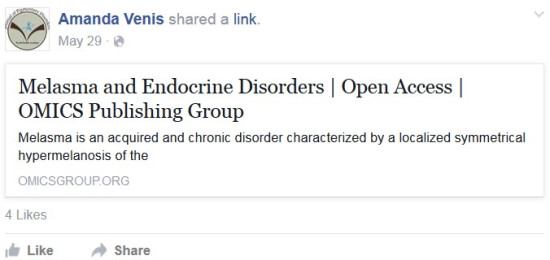
(From: https://www.facebook.com/people/Amanda-Venis/100007048338662)
While I cannot conclude for certain that Open Access Text was acquired (or originally launched) by OMICS Group, I can report that some evidence points to a connection between the two imprints.
Open Access Text is included on my list of questionable publishers, and it’s a massive spammer. It may be associated with or owned by OMICS Group. I recommend that researchers not submit manuscripts to its journals.
Hat tip: Dr. Norman H. Sleep
Appendix: List of Open Access Text (OAT) journals as of 2015-10-01
1.Clinical Case Reports and Reviews (CCRR)
2.Clinical Obstetrics, Gynecology and Reproductive Medicine (COGRM)
3.Clinical Proteomics and Bioinformatics (CPB)
4.Clinical Research and Trials (CRT)
5.Contemporary Behavioral Health Care (CBHC)
6.Dental, Oral and Craniofacial Research (DOCR)
7.Fractal Geometry and Nonlinear Analysis in Medicine and Biology (FGNAMB)
8.Frontiers in Nanoscience and Nanotechnology (FNN)
9.General Internal Medicine and Clinical Innovations (GIMCI)
10.Global Anesthesia and Perioperative Medicine (GAPM)
11.Global Dermatology (GOD)
12.Global Hormonal Health (GHH)
13.Global Surgery (GOS)
14.Global Vaccines and Immunology (GVI)
15.Integrative Cancer Science and Therapeutics (ICST)
16.Integrative Food, Nutrition and Metabolism (IFNM)
17.Integrative Molecular Medicine (IMM)
18.Integrative Obesity and Diabetes (IOD)
19.Integrative Pharmacology, Toxicology and Genotoxicology (IPTG)
20.Journal of Integrative Cardiology (JIC)
21.Journal of Systems and Integrative Neuroscience (JSIN)
22.Journal of Translational Science (JTS)
23.New Frontiers in Ophthalmology (NFO)
24.Pediatric Dimensions (PD)
By: Jeffrey Beall
Follow on Twitter
Source: Scholarly Open Access


